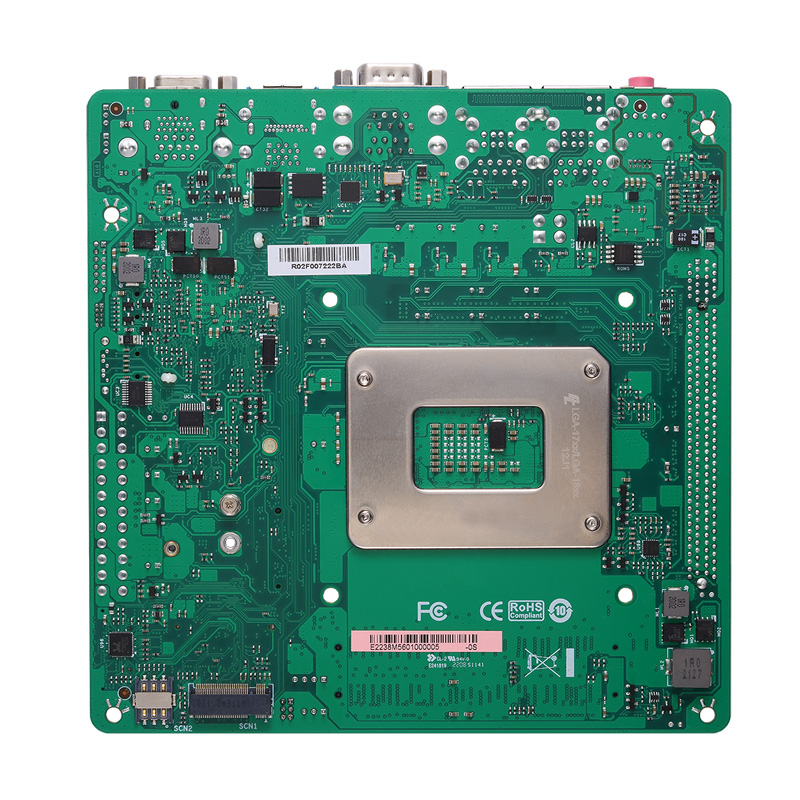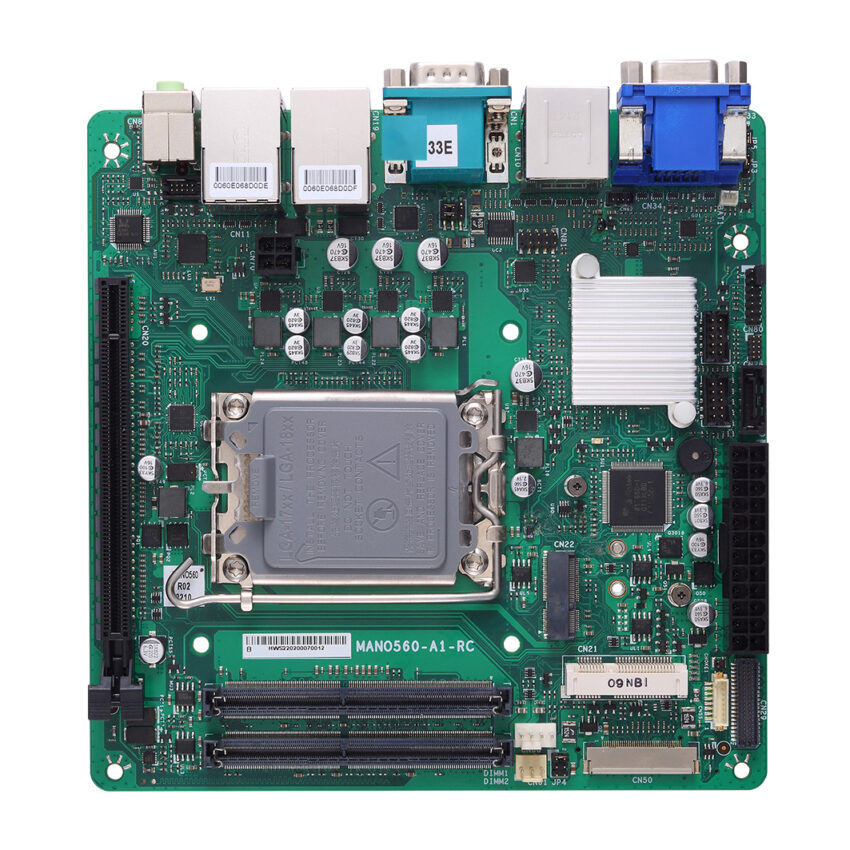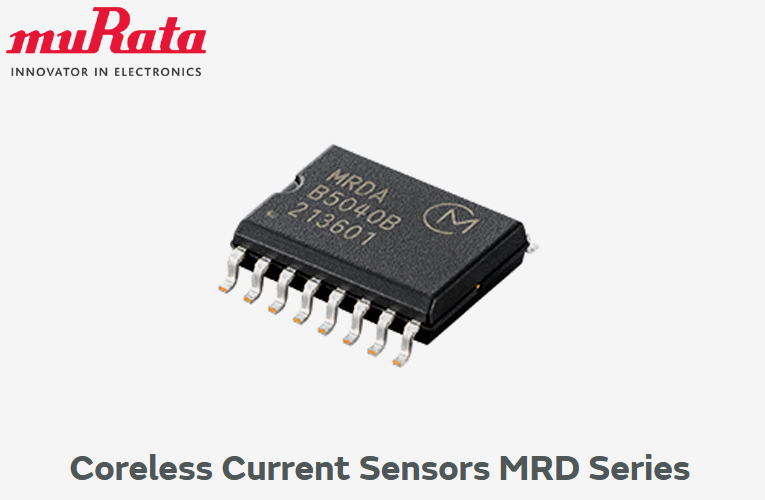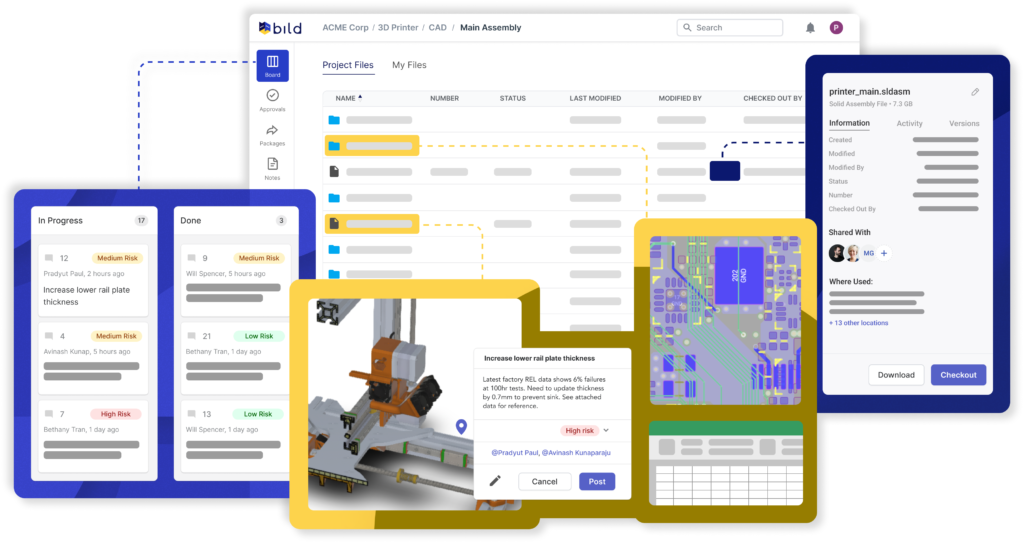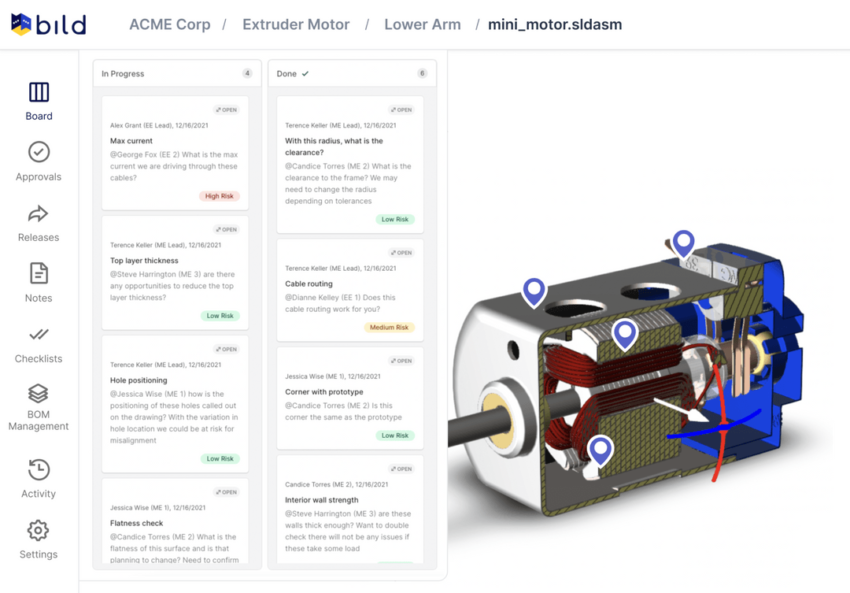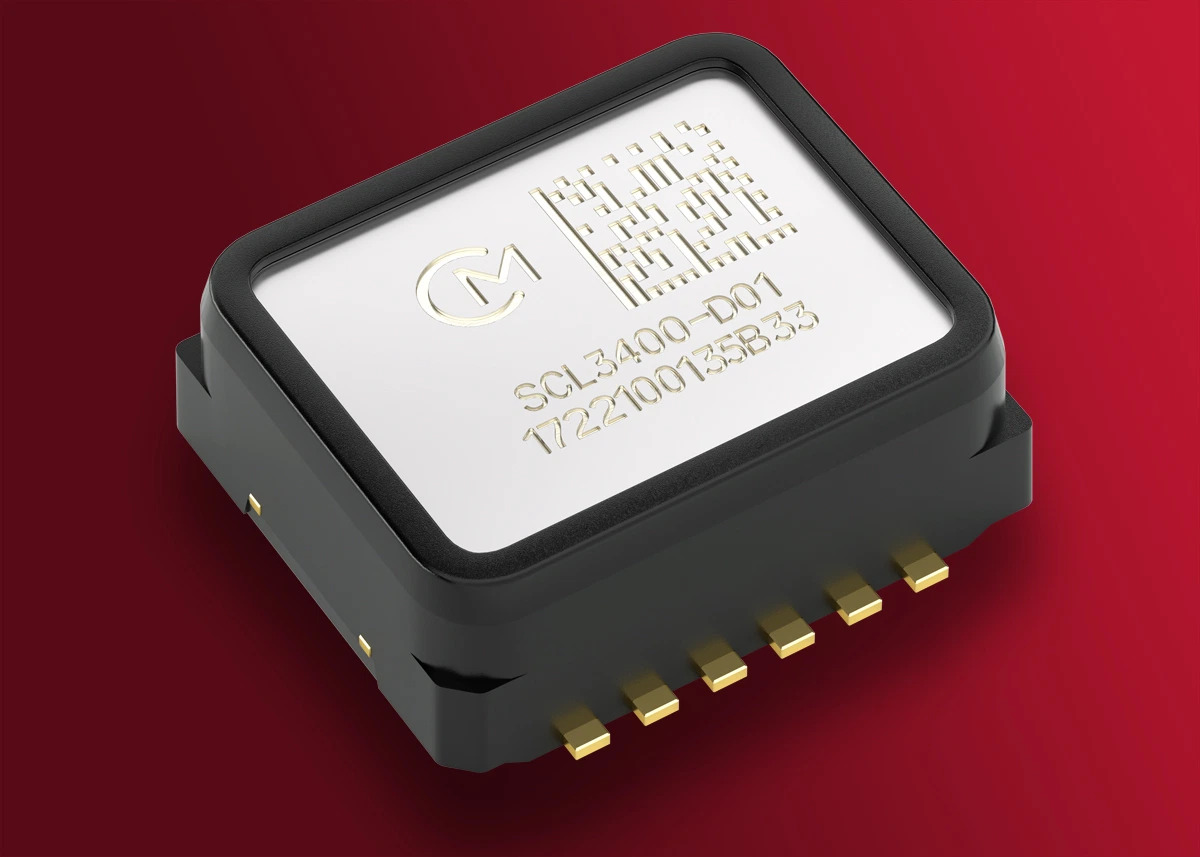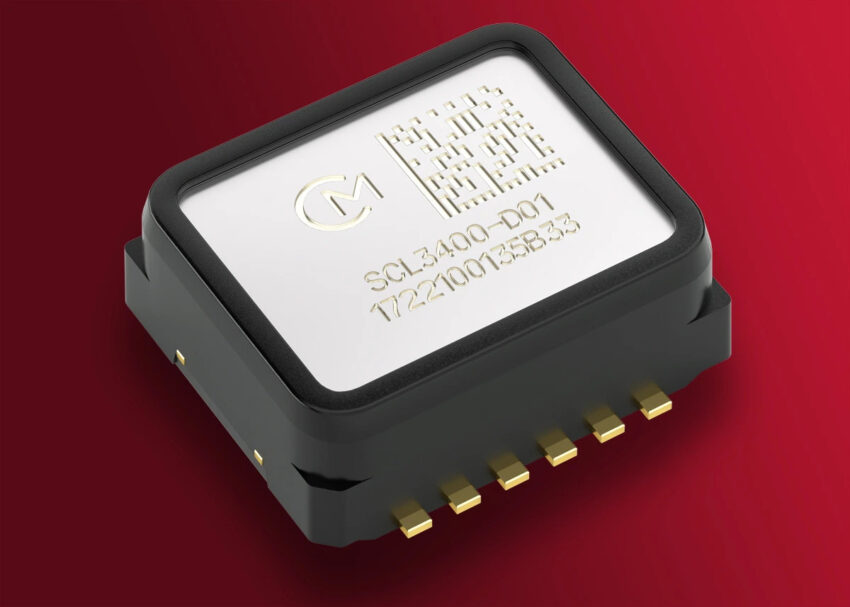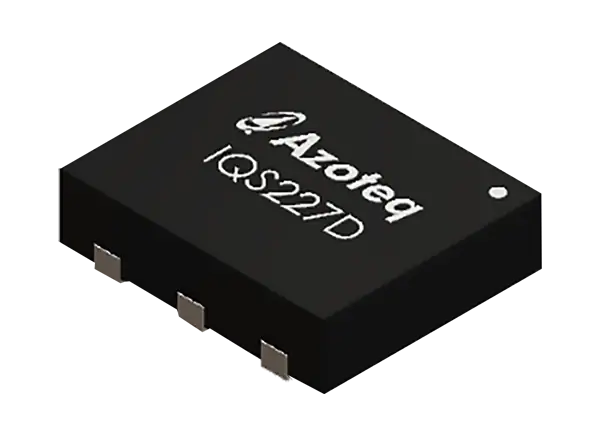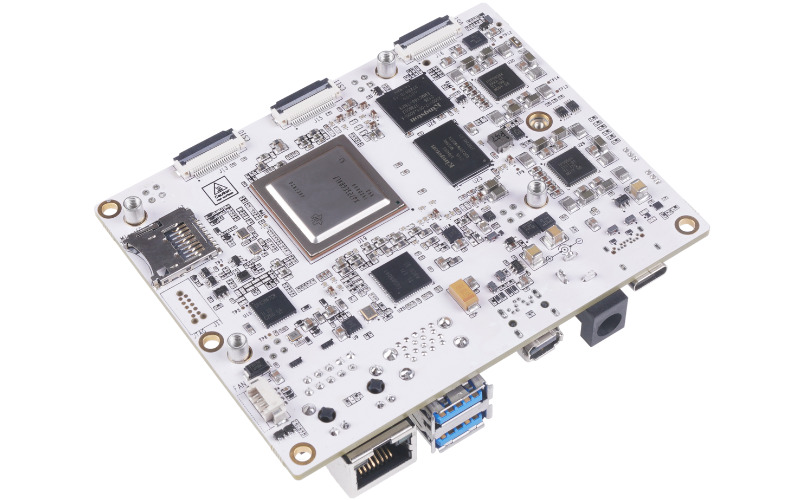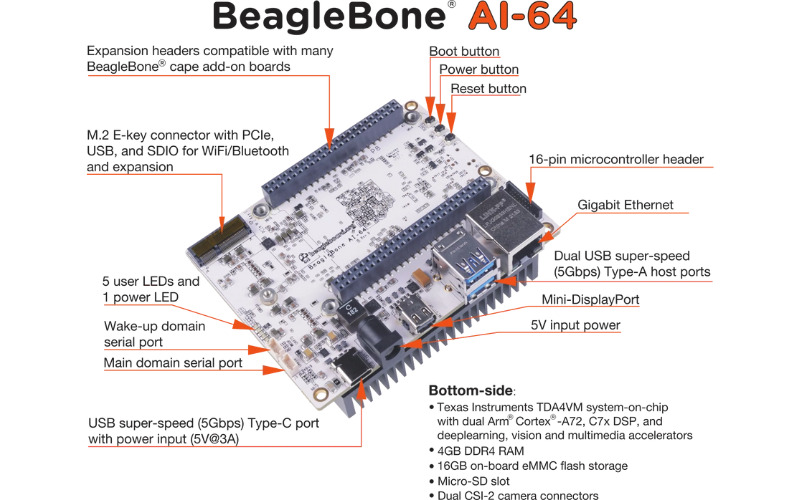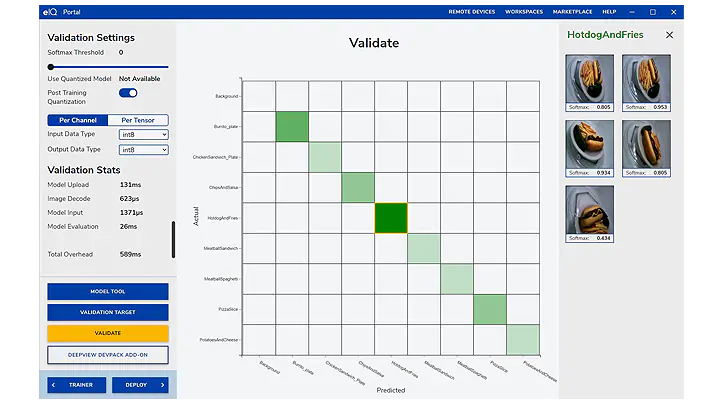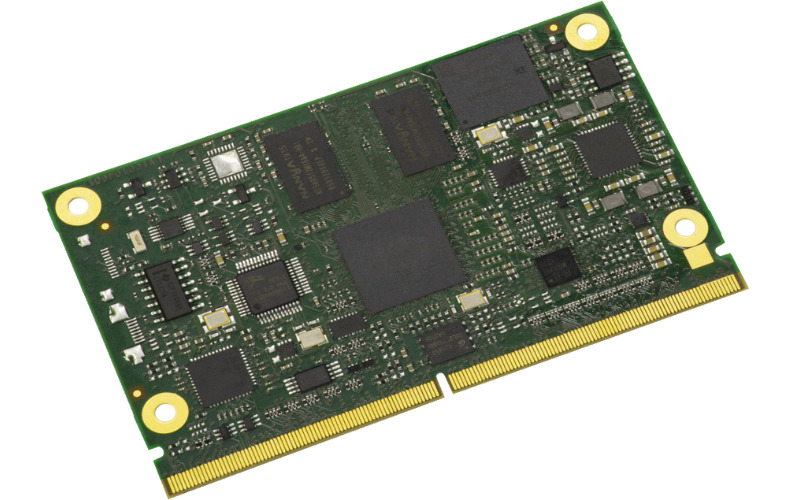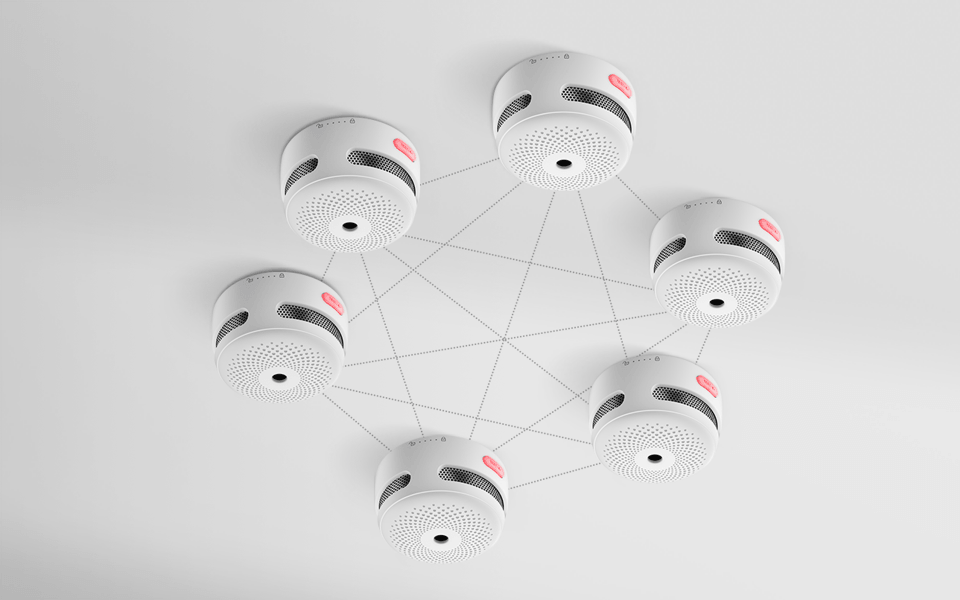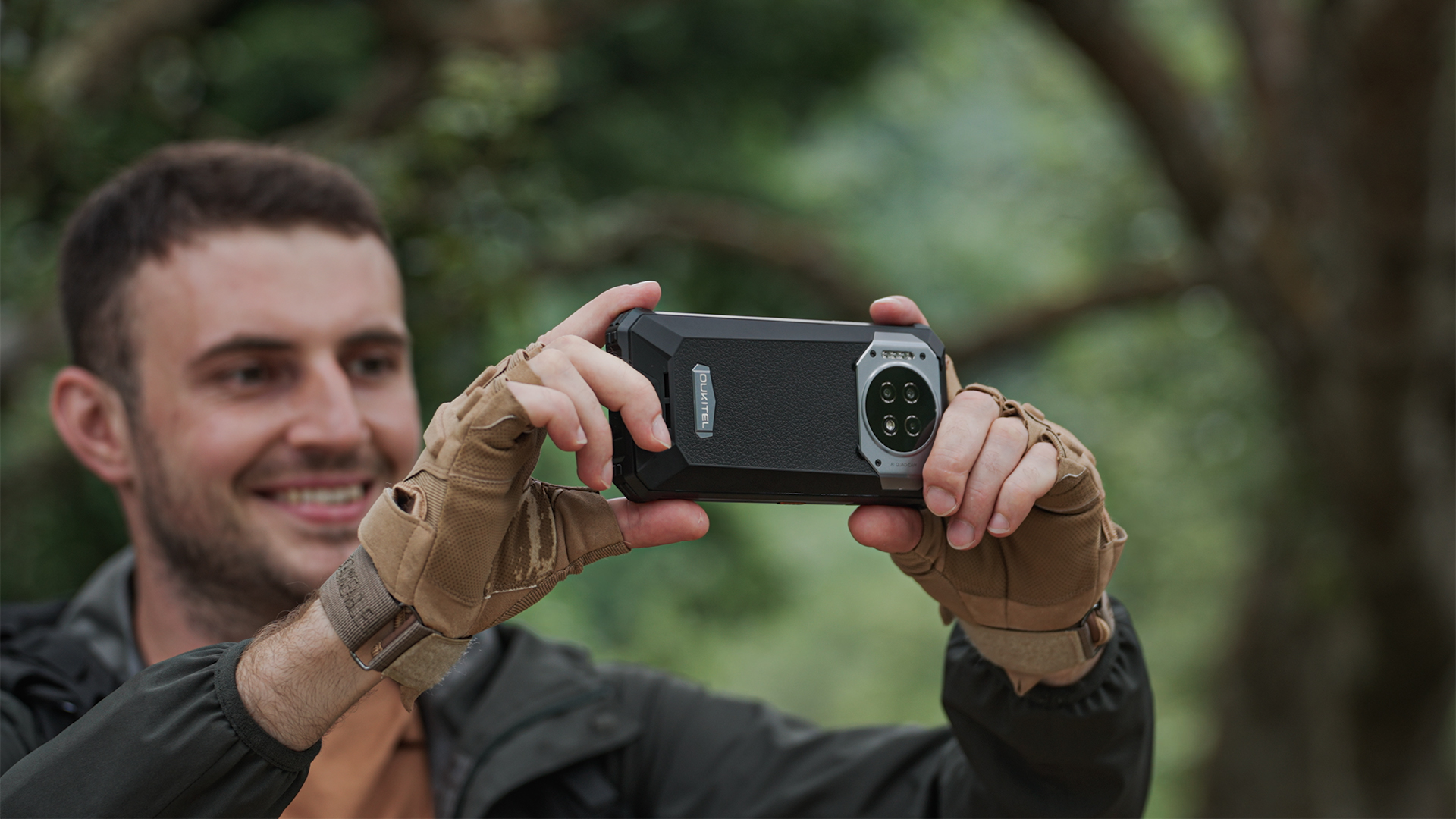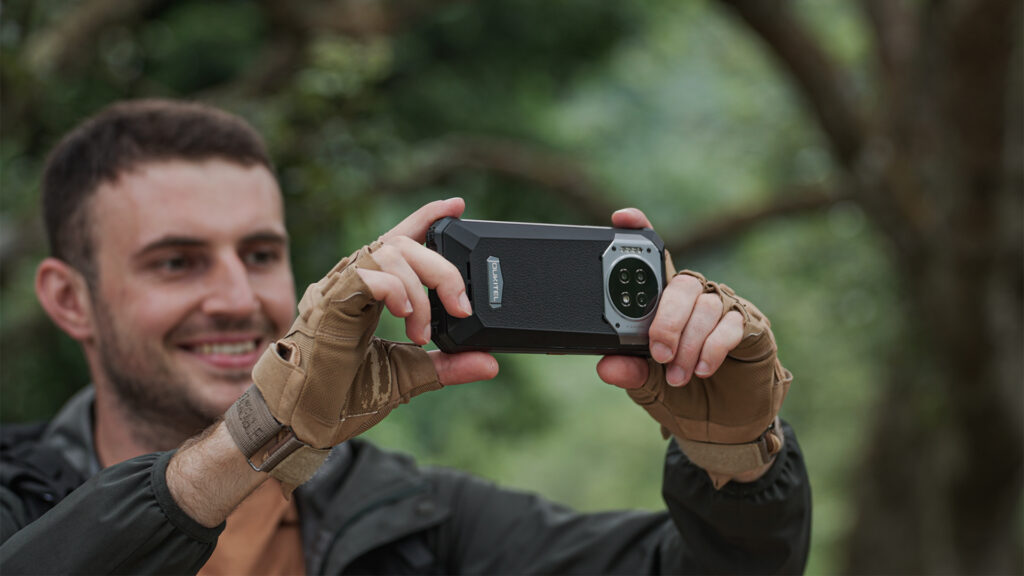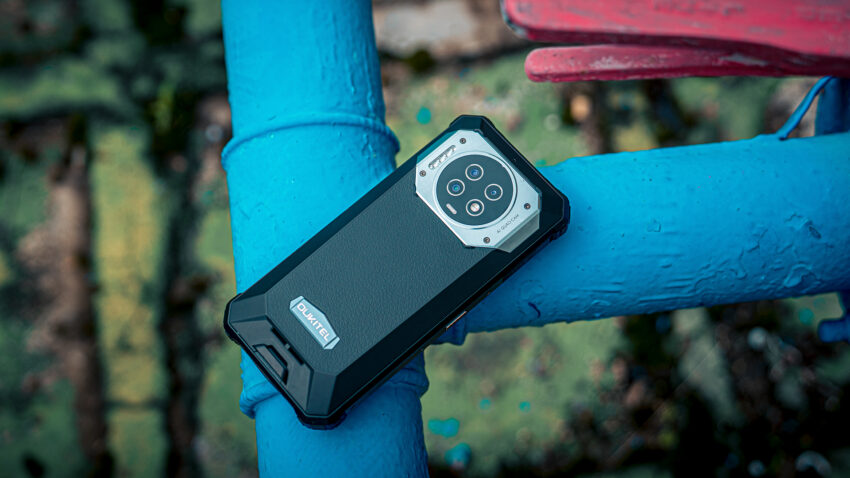Axiomtek – a world-renowned leader relentlessly devoted to the research, development, and manufacturing of innovative and reliable industrial computer products of high efficiency – is pleased to introduce the MANO560, an industrial mini-ITX motherboard featuring the LGA1700 socket for the latest 12th Gen Intel® Core™ processor (codename: Alder Lake S) to boost the performance of AI and IoT applications.
The industrial mini-ITX motherboard MANO560 is based on the new Intel® H610 chipset and features scalable CPU options with the 12th Gen Intel® Core™ i9/i7/i5/i3, Intel® Pentium® processors Gold or Intel® Celeron® processors. While the high performance is assisted by the two DDR4-3200 SO-DIMM with up to 64GB of memory, it is equipped with one M.2 Key E 2230 for wireless module and one M.2 Key B in which the user can choose between the PCIe x2 signal, the USB 3.2 Gen1 for 3042/3052 5G module or SATA interface for 2242 SSD, making the embedded board much more flexible. Besides, it provides a full-size mini PCIe for wireless modules and a PCIe x16 for graphics cards.
“The Axiomtek MANO560 is a powerful motherboard that takes the lead in the market. I believe its versatility in terms of the I/O, display, and computing capability can propel the AIoT applications for our customers,” said Kenny Lin, the product manager of the Product Planning Division at Axiomtek.
The MANO560 is built to deliver high computing performance and fulfill various I/O requirements. It comes with dual Gigabit Ethernet ports, one of which is 2.5G; also, it features two USB 3.2 Gen1 and five USB 2.0 for more peripherals. What’s more, it provides four COM ports to integrate devices like sensors. The MANO560 supports a triple independent display while providing rich interfaces, including HDMI, DisplayPort++, VGA and LVDS. The eDP is BOM optional and co-lays with LVDS. For storage, it has one SATA and one M.2 SSD.
Advanced Features
- LGA1700 12th Gen Intel® Core™ i9/i7/i5/i3 processor (codename: Alder Lake S)
- Intel® H610 chipset
- Two DDR4 SO-DIMM for up to 64GB of memory
- Two USB 3.2 Gen1 and five USB 2.0
- Four COM ports (one RS-232/422/485 with 5V/12V power)
- One PCIe x16 and one full-size mini-PCIe slot
- One M.2 Key E slot and one M.2 Key B for USB 3.2 interface 5G module
- One DP, one HDMI, one LVDS, and one VGA
- One 2.5GbE and one 1GbE LAN
To secure the hardware-based data, the MANO560 supports onboard TPM 2.0. It also supports Linux and Windows operating systems. Moreover, Axiomtek releases the ECM500, a chassis designed for the mini-ITX motherboards; we also have the capability to assist with any customer’s industrial integration requirements.
The MANO560 is ready for purchase now. For more product information or customization services, please visit our global website at www.axiomtek.com or contact one of our sales representatives at info@axiomtek.com.tw.


